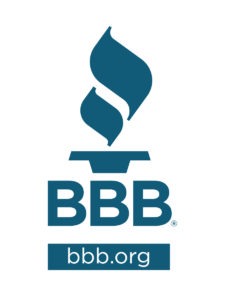 By Amy Robinson
By Amy Robinson
In a recent edition of DSA’s weekly publication, InTouch, a number of executives from some of the top companies in the direct sales channel weighed in with their insights and expectations for direct selling in 2012.
It comes as little surprise that each executive expressed great excitement and optimism for what lies ahead in direct selling. Our industry offers an incredible opportunity to men and women of all ages, races and educational backgrounds. Our companies and their distributors participate in countless philanthropic efforts at home and abroad, and many of our companies have received recognition for taking the lead in eco-friendly and environmental awareness initiatives.
It’s easy to recognize how this industry positively impacts the lives of millions around the world, but in many cases that impact isn’t fully represented in the national or global economic picture.
To borrow words from AJ Deeds, President of DSA member Loving Works, LLC: “One of the most significant issues for direct selling companies is that the jobs we create aren’t counted in national employment statistics. One of the underlying barriers to direct sales is that we’re not often acknowledged as a major contributor or even seen as a real player in the economy, and that’s something that needs to change.”
I think it’s safe to say that most every man and woman who works in direct selling has probably pondered a similar thought at some point or another. With a clear focus by lawmakers on creating income opportunities (for example, the American Recovery and Reinvestment Act (2009), the Hiring Incentives to Restore Employment Act (2010), the Education Jobs Act (2010) and the Small Business Jobs Act (2010) – which created a $30 billion fund to provide capital to small banks in order to increase lending to small businesses, just to name a few) why hasn’t much attention been paid to the direct sales channel, which offers nearly 16 million people in the US alone a unique business opportunity and, for many, a much-needed source of income?
Direct selling provides countless college students with extra income to put towards education loan payments. It empowers stay-at-home parents to fulfill a lifelong dream of owning a business while balancing their family obligations. It motivates military spouses to own and operate a successful business even when military obligations require them to move frequently and often on short notice. It enables retirees to earn extra income, and many others the ability to support their families without the stresses of 9-to-5 life.
As AJ said himself: “While we have more success stories than can be counted, we are rarely considered for, much less invited to, the national leadership table. By bringing the stories of our industry forward in 2012 to a national stage, we, the direct sales channel, can represent part of the economic solution.”
It’s unfortunate that an industry that generates more than $28 billion for the U.S. economy each year through sales alone, not to mention other sources of economic impact, isn’t recognized for the potential it holds to solve at least a portion of our country’s unemployment situation. With that in mind, perhaps 2012 is the year where direct sellers everywhere can focus on spreading the word about the opportunities we offer to work toward recognition as an economic force that changes people’s lives.
Amy Robinson is the Direct Selling Association’s Chief Marketing Officer and Senior Vice President.
 Today’s highlighted blog post from the Council on Better Business Bureaus (CBBB):
Today’s highlighted blog post from the Council on Better Business Bureaus (CBBB):








